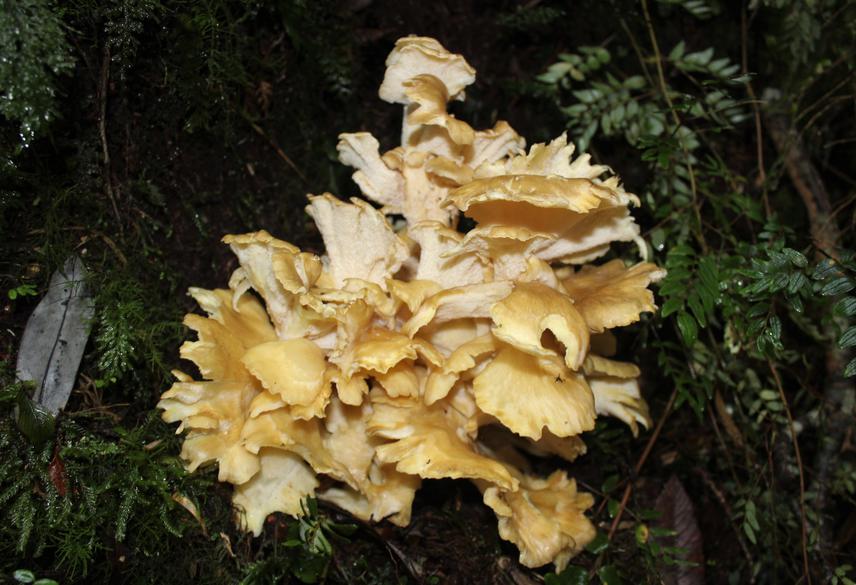Viviana Salazar-Vidal
Nahuelbuta's mountain range is an ecosystem with great ecological importance for the Biobío Region. This segment Coastal Range presents a high degree of biodiversity and endemism, since it contains biological species that only exist in this area, and at the same time it has a high degree of environmental disturbance and little ecosystem protection. The negative effects of the growing human pressure on the forests in Chile have extended to this type of ecosystem, its main threats being the replacement of native forest by forest plantations, forest fires, intensive agriculture, firewood extraction and overexploitation of edible native species. For this reason, the objectives of this work are: 1) To carry out a survey of ecological information on the macrofungi present in native forests dominated by trees of the genus Nothofagus; 2) Prepare an inventory on the diversity of macrofungi present in the zone, highlighting the presence of endemic and native edible wild mushrooms; 3) Establish patterns of diversity and spatial and temporal distribution of the macrofungi found that are in some category of conservation; 4) Educate the local community about the macrofungi found in the zone and their importance for the ecosystem and; 5) Promote the use of sustainable harvesting techniques to help their conservation.

Gargal (Grifola gargal). © V. Salazar-Vidal
Various studies have been carried out related to the flora and fauna of the Nahuelbuta mountain range; however, there is little research on the characterization of the macrofungi species present in the area. The fungi described in this area are associated with mixed forests of Nothofagus spp. and Araucaria araucana that also form mycorrhizae with various species of fungi. For the reasons described above, this project will contribute to conducting mycological excursions to learn about the current diversity of macrofungi in the study area, as well as the species of edible wild mushrooms that grow in this geographic area, their distribution and ecology, which will allow us to detect vulnerable species that need protection and carry out educational activities that promote the protection of fungi.